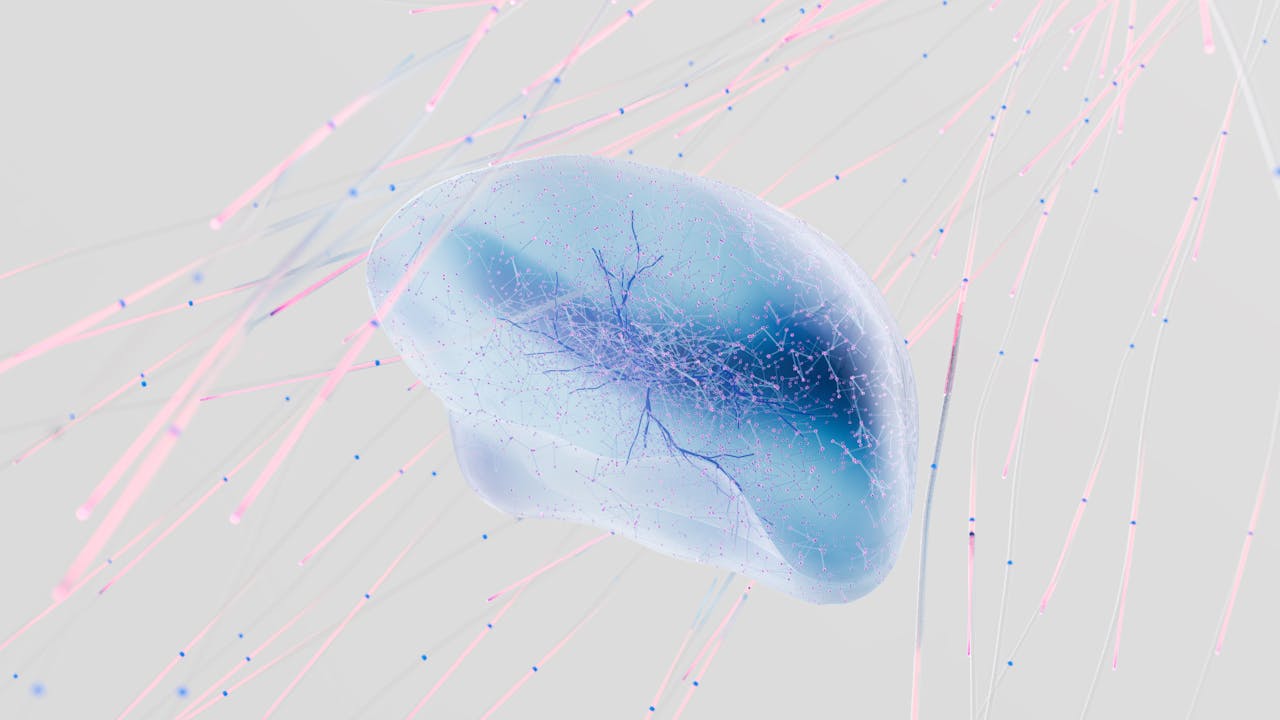News
Nose Shapes Explained: Science Reveals Factors That Shaped Your Nose
One unique part of the human body that has left many agog is the nose. The kind of nose that people nowadays have will be different from that of others though no one really cared about such.
Its mold is usually tied up to something based on care and practice. That includes taking shape based on the way we sleep (i.e. face down) while tie it up to the way people “squeeze and pull” it particularly when it becomes irritating.
These are all folklore and science is still the best way to render a better explanation. A study from the University College London may have a better explanation through this study which was published on the journal Nature Communications.
Researchers pointed out four genes that may have influenced the “pointiness” of the human nose. That includes GLI3, RUNX2, DCH2 and PAX1 which were arrived at after studying a group of 6,000 people originating from Columbia, Peru, Brazil, Chile and Mexico.
The group analyzed and created 3D reconstruction of the facial features of 3,000 facial participants and it was here where they were able to pin down the four key genes tied up with the nose shape.
But genes are not the only one believed to be behind the nose shapes. Climate is also seen as another factor, with reference to temperature and the actual moisture from the air.
All of this was part of a previous study that came out in 2011 that suggested climate as having a role in the shape of facial features. Researchers compared 100 skulls from ten groups living in five different climates.
According to a recent study, people from colder climates had narrower nasal passages, which provided more contact between air and mucosal tissue – warming and humidifying it in the process.
“Few studies have looked at how normal facial features develop and those that have only looked at European populations, which show less diversity than the group we studied. What we’ve found are specific genes which influence the shape and size of individual features, which hasn’t been seen before,” explains Dr. Kaustubyh Adhikari from UCL Cell & Developmental Biology.









Join the Conversation